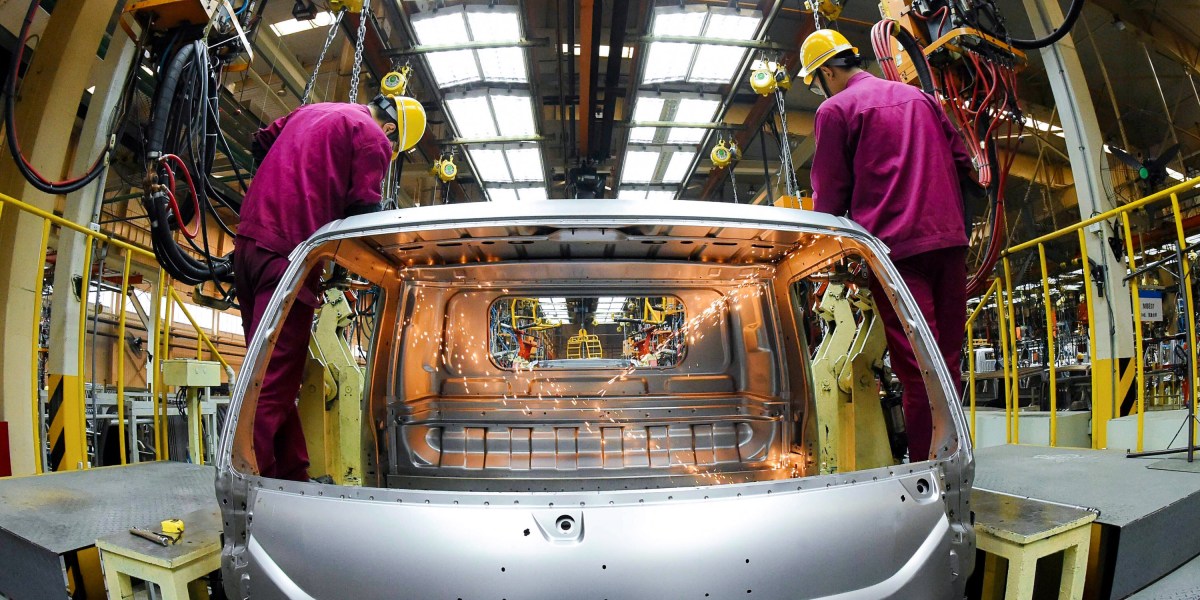This abundant material could unlock cheaper batteries for EVs

But as concerns about the battery supply chain swell, scientists are looking for ways to cut down on battery technology’s most expensive, least readily available ingredients. There are already options that reduce the need for some, like cobalt and nickel, but there’s been little recourse for those looking to dethrone lithium.
Over the past several months, though, battery companies and automakers in China have announced forays into a new kind of battery chemistry that replaces lithium with sodium. These new sodium-ion batteries could help push costs down for both stationary storage and electric vehicles, if the technology can meet the high expectations that companies are setting.
In March, JAC Motors, an automaker based in China, released photos of a chartreuse car that it said was the world’s first vehicle built with sodium-ion batteries. The compact vehicle was fitted with a 25-kilowatt-hour battery made by another Chinese company, HiNa Battery, and a press release claimed the car’s range was up to 250 kilometers (155 miles). In April, China’s largest EV battery maker, CATL, announced it had developed a sodium-ion battery that it planned to release in a vehicle made by automaker Chery. None of the four companies responded to a request for comment.
“They’re making these quite interesting announcements. There’s also a lot of details missing,” says Andy Leach, an energy storage analyst at BNEF. Neither CATL nor HiNa has released production timelines or detailed performance metrics for the batteries, or even revealed what specific types of sodium-ion batteries they’re planning to use. The mystery isn’t surprising for these large companies, Leach says: “They tend to keep their cards close to their chests.” But it does leave questions about just how ready sodium-ion batteries might be for real vehicles.
Sodium-based batteries are not new, but technical shortcomings have previously kept them from taking on lithium. Sodium-ion batteries traditionally wear out quickly, and they still have a lower energy density than lithium-ion, says Shirley Meng, a battery researcher at the University of Chicago and Argonne National Laboratory.


